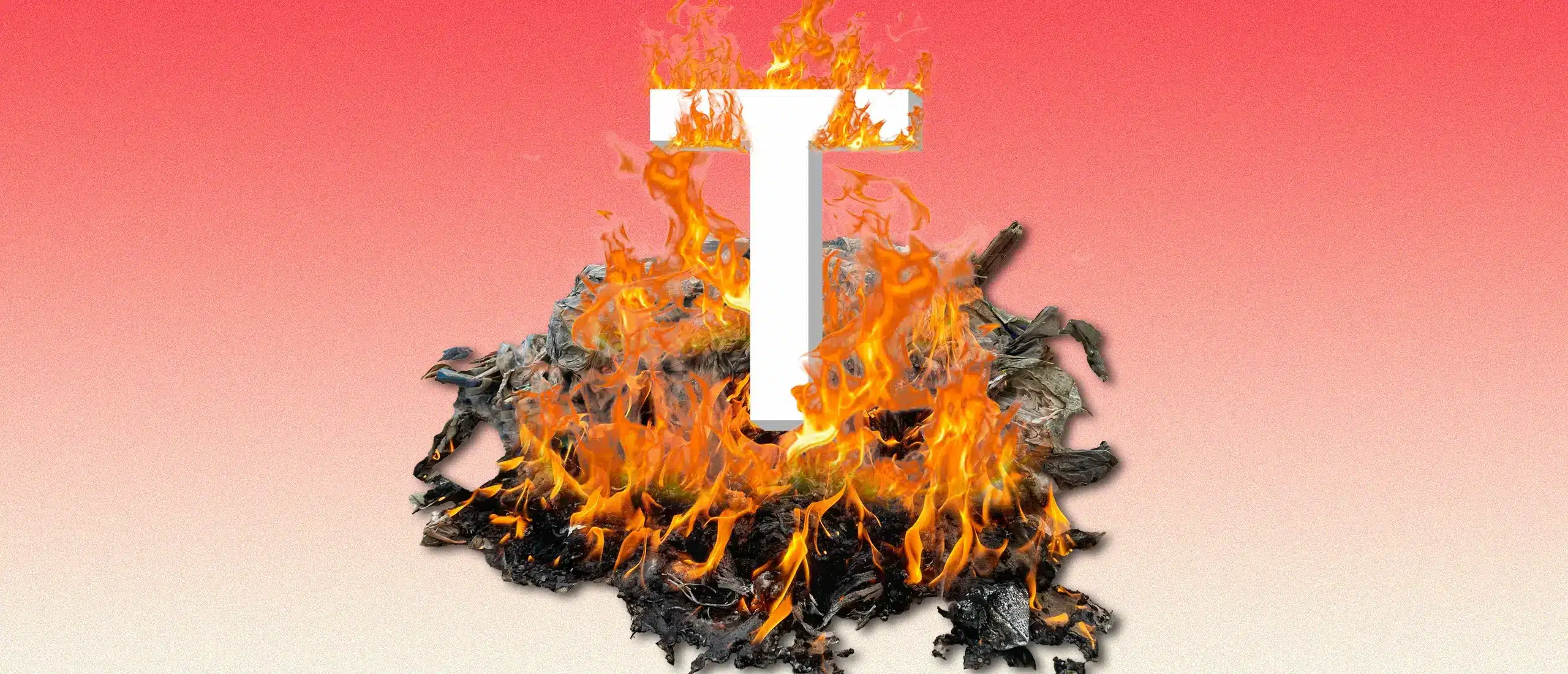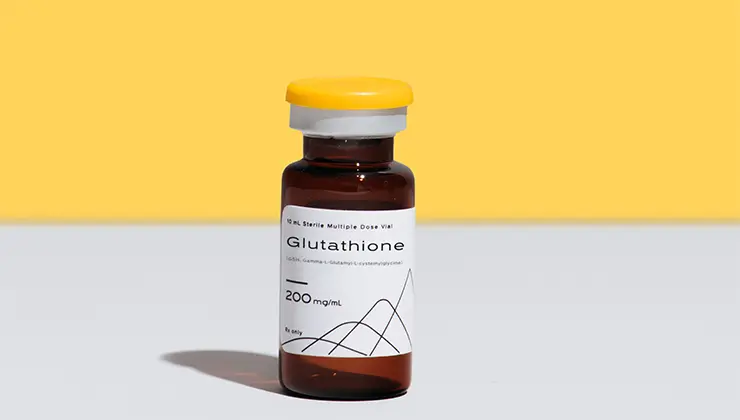Burn Pits Aren’t Just Linked to Cancer. Exposure Also Has This Hidden Health Impact
- By Rebekah Harding
- November 6, 2023
30-Second Takeaway
Toxins from military burn pits frequently contain xenoestrogens, which may prevent your body from producing estrogen and testosterone naturally. Taking glutathione or starting testosterone replacement therapy can alleviate your symptoms if you were exposed during service.
P
TSD and traumatic brain injury after deployment can lead to low testosterone. But there’s a lesser-known culprit that’s axing veteran hormone levels and giving way to debilitating symptoms like depression, fatigue, and reduced muscle mass: burn pits.
If you served in Iraq or Afghanistan, chances are, during your deployment, you encountered a burn pit—an open-air trash disposal area where waste is set on fire. Burn pits were a common practice in the 2010s to remove rubber, plastic, chemical byproducts, and medical waste from nearby military bases.
But burn pits aren’t just a haphazard bonfire.
“They use jet fuel as the accelerant, and jet fuel itself is a poison,” functional medicine doctor Anastasia Jandes, M.D., told Saad Alam on the Hone In podcast. “This eventually leads to DNA damage. Soldiers have so many of these endocrine disrupting toxins and exposures through breathing in the fumes.”
How is chronic stress, inflammation, testosterone and veterans’ health connected? Dr. Jandes discusses how veterans can manage post-deployment hormone health concerns.
Toxic Burn Pits and Hormone Health
Burn pit exposure is shockingly widespread. An estimated 3.5 million soldiers may have been exposed to burn pits for long enough to cause serious health issues down the line, according to the Department of Defense (1). Following exposure, instances of rare cancers and respiratory illnesses have skyrocketed amongst veterans.
Smoke from burn pits contains endocrine disruptors called xenoestrogens (chemicals that look like estrogen), according to Jandes. When you’re exposed to xenoestrogens, your body may stop making hormones like estrogen and testosterone naturally (2). These toxins tell your hypothalamus that you have too much estrogen and signal the pituitary to stop luteinizing hormone production, which stops your testes from making testosterone.
“When I look at certain labs involving testosterone for my patients, when they’re soldiers, they often have low T, inflamed livers, and elevated estradiol,” Jandes says. “This is the thumbprint of endocrine disruption and toxin exposure.”
The Department of Defense doesn’t keep records of exactly what was burned in the pits, so it’s hard to rule out what toxins could be causing these conditions. However, the American Cancer Society notes that burn pit fumes frequently contain well-known toxins like metals, benzene, polychlorinated dibenzo-p-dioxins and dibenzo-p-furans (PCDD/Fs), polycyclic aromatic hydrocarbons (PAHs), and volatile organic compounds (VOCs).
While some estrogen is good for men, Jandes says that these toxins lead to “an inflammatory state of aromatization, where testosterone is making estrogen.”
“You’re making more estradiol because of this inflammatory push,” Jandes says. “And it causes the loss of T.” This is problematic for many physiological reasons, but it also takes a toll on mental health. “For men, [testosterone] is a great protector in terms of mental health and inflammation,” she adds.
I Was Exposed to Burn Pit Toxins. What Do I Do?
If you were exposed to smoke from a nearby burn pit during your deployment, there are a few things you can do to get your hormone health back on track, per Jandes.
Take glutathione
Glutathione, an antioxidant, helps your liver clear itself from toxins like xenoestrogens, heavy metals, and other pollutants that you may have been exposed to from a burn pit (3).
“I’m a big fan of glutathione support for soldiers, for anybody that’s been exposed [to toxins],” Jandes says. “I use either N-acetylcysteine to build oral glutathione up or glutathione injections, which Hone offers now.”
Glutathione turns toxins into water-soluble mercapturic acid, which is then flushed out of your body when you urinate (4).
Glutathione is the first line of defense against oxidative stress. Now available through Hone.
Learn about your PACT Act benefits
The Promise to Address Comprehensive Toxics (PACT) Act was signed into law in 2022 to provide additional medical benefits to veterans who were exposed to toxic substances—including burn pits (5).
The PACT Act notes that specific diseases and cancers that vets suffer from after service will be “presumed” to be side effects of toxin exposure, which means that you won’t be personally liable for your treatment. A full description of PACT Act benefits is available through the U.S. Department of Veterans Affairs.
Ask about testosterone replacement therapy
Jandes acknowledges that many veterans find that getting testosterone treatment through the VA can be finicky. But if you’re dealing with debilitating symptoms like fatigue, irritability, muscle loss, and low libido, you should check your hormones to see if low testosterone is to blame.
You can skip the wait and test eight different biomarkers—including free and total testosterone—with Hone’s at-home hormone assessment. If your results show that you have low testosterone, you can meet with one of Hone’s partner physicians to discuss treatment options like TRT or enclomiphene.
References
1. U.S. Department of Veteran Affairs. Report on Data from the Airborne Hazards and Open Burn Pit (AH&OBP) Registry.
2. Paterni, et al (2017). Risks and benefits related to alimentary exposure to xenoestrogens.
3. Alanazi, et al (2016). Glutathione.
4. Hanna, et al (2020). The mercapturic acid pathway.
5. Disabled American Veterans. Military Burn Pits Exposure.















